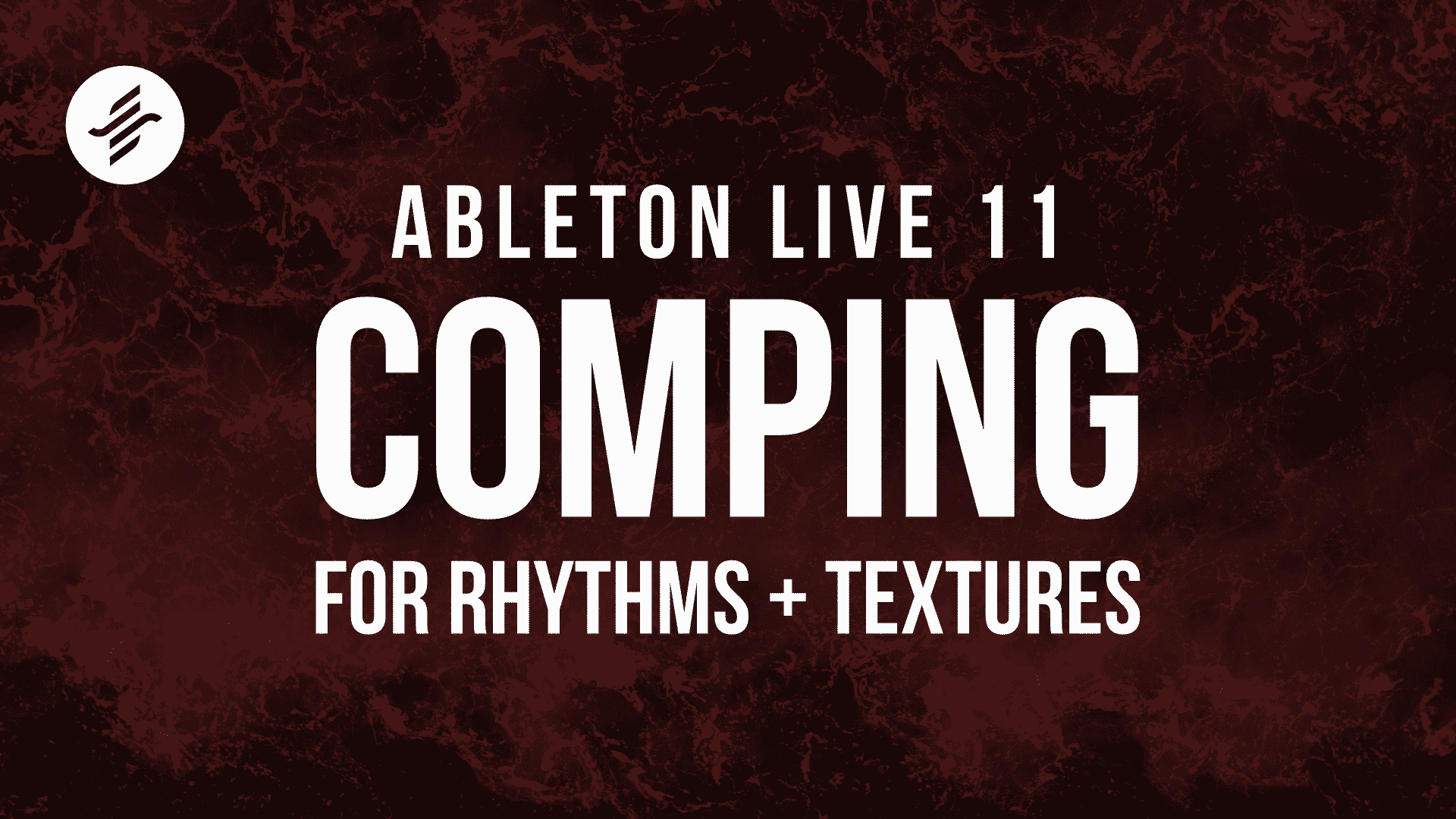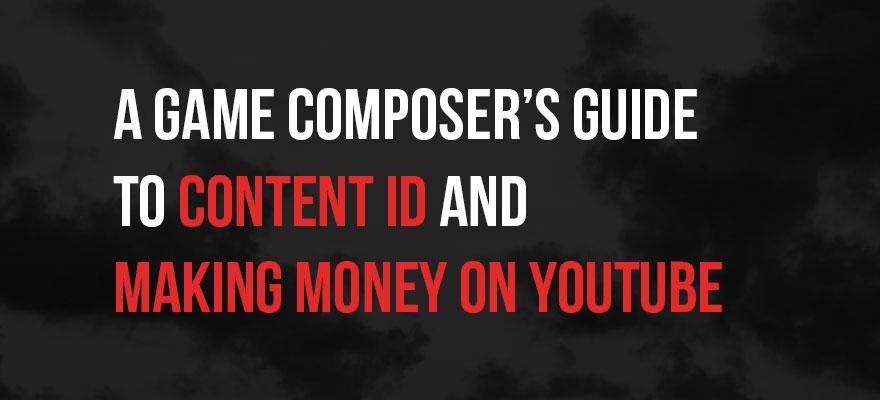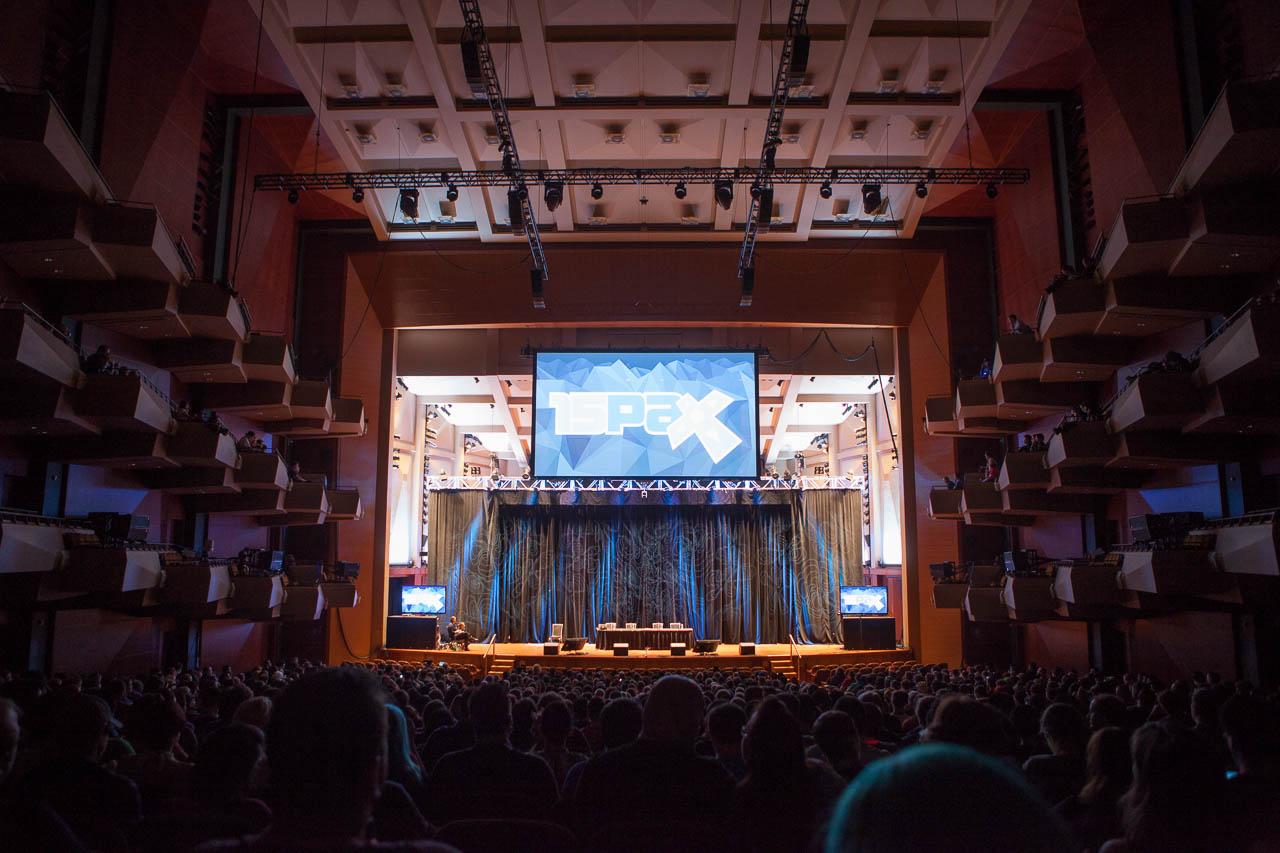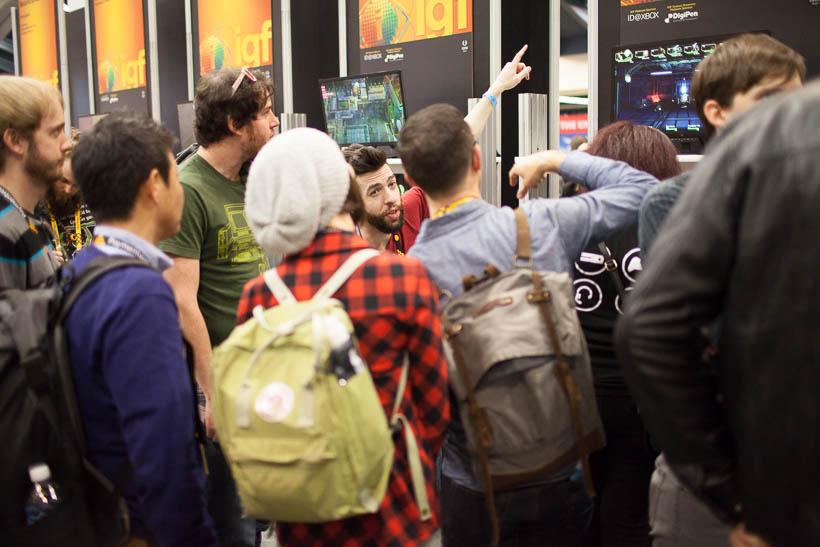Comping for Rhythms and Textures in Ableton Live 11
With the release of Ableton Live 11, a lot of attention was given to the new comping workflow. The introduction of take lanes makes it significantly easier to identify and pull out great performances. However, these lanes aren’t restricted to played inputs only. You can also drop in pre-recorded audio, making it a quick and flexible way to experiment with rhythmic textures, modulating basslines, vocal chops, and more.
Let’s dive in and see how this all works!
Instructions
- To access take lanes, create a new audio track by pressing CTRL+T, then with the audio track selected, press SHIFT+ALT+T. Repeat until you have the desired number of lanes.
- Once your lanes are ready, grab samples from the browser and drop them in as you see fit. You can place multiple samples on one lane, though for simplicity, it’s often best to dedicate one lane to one sample.
- To hear the contents of each take lane, click the speaker button on the appropriate lane.
- For the most flexibility, truncate the sample to remove empty or unwanted content and duplicate it to fill the desired loop section. It also helps to be aware of where transients might land.
- From here, you can promote sections from lanes to the live layer. To do this, you can select sections and press enter, or, you can activate the pencil tool by pressing B and draw selections. I personally prefer the selection method so you can quickly audition other layers by pressing up or down, and committing with enter.
- If you need to change the length of the cuts, you can drag the highlighted clips in the take lanes or the live layer. You can also adjust crossfades in the live layer, as if these takes were regular samples.
Additional Tips
- Before you start cutting samples, apply a compressor to the parent track to unify the sources. This helps for a smoother experience.
- Creating beds of long, uniform sections of audio can help smooth the chopping process. On the flip side, keeping “texture” can lead to happy surprises.
- Note that the aggregate of these take lanes count as one track, meaning any effects you apply to one, you apply to all – so be aware of that as you work with the samples.
- If you find the chops too aggressive, adding reverb to the parent track or by adjusting the fade curves on the promoted cuts helps.
- You can also drag in generated audio! Just freeze the desired track and drag it into a take lane. It’s really great for complex bassline work or adding interest to motifs by changing the timbre of the lead.
And that’s it for now. I’ll add to this list as I explore Live 11, so check back for more!
For more from me – Jeremy Lim – please don’t forget to follow along. Thanks for reading as always! Very happy to be back on YouTube.
A Game Composer’s Guide to Content ID and Making Money on YouTube
Hello, friends! For those who don't know me, my name is Jeremy Lim and I write music for video games. I've also had a career in online marketing, so when I was asked to speak at GameSoundCon about monetizing YouTube as a game composer, I jumped at the chance.
Alongside industry stalwarts Noah Becker (CEO of AdRev), Jody Friedman (CEO of HD Music Now), and Jim Charne (Counsel at Gerard Fox Law), we covered a lot of ground, but for game composers, Content ID can be a murky subject. The topic is ever evolving, but I'm going to do my best to explain the basics and the issues we might face.
Important Terminology
Before we talk process, we should cover a few terms:
YouTube
YouTube, owned by Google, is the world's largest video sharing website. It's also the second largest search engine, and with its massive user base, it shouldn't be ignored as a marketing vehicle.
Copyright
Copyright is a form of intellectual property that grants creators of original works exclusive rights for its use and distribution. These rights can be transferred. *Not legal advice, nor is this description exhaustive; please see a lawyer for counsel.
AdSense
AdSense is Google’s ad network. Companies pay Google to display their ads on relevant content (e.g. blog posts, YouTube videos, etc.). When an ad is engaged with (e.g. clicked on, watched to a certain duration, etc.), Google charges the advertising company a predetermined amount. That amount is then split between Google and the host of the content (e.g. website owner, YouTube partnered channel, etc.).
User-Generated Content (UGC)
User-generated content (UGC) is any content created by a user on a website (e.g. videos on YouTube, music on Soundcloud, photos on Instagram, etc.). For our purposes, gameplay (or Let's Play) videos are a major point of concern with Content ID.
Content ID (CID)
Content ID (CID) is a tool that allows copyright owners of visual and audio content (e.g. films, songs, etc.) to track their assets on YouTube. It works by “fingerprinting” content and matching that fingerprint against all existing and future uploads to YouTube. When a match is found, the copyright owner is notified and is offered four options (depending on their Content ID provider):
- Mute the matched audio
- Block the video from being viewed
- Monetize the video by running AdSense ads
- Track the video’s viewer stats.
Content ID Provider
There's a lot of creativity in this world, and that means a lot of Content ID submissions. Google enlists external companies to help copyright owners submit and administrate their assets in the CID system. In exchange for their services, many of them charge fees or take a percentage of Content ID revenues.
Partnered Channel
A partnered channel is a YouTube channel that is eligible and accepted to the YouTube Partner Program, allowing it to run AdSense ads on its content.
Okay, I know all of the terms. How do I start making money on YouTube?
Before you begin, you have to own the copyright to the work you're monetizing. As game composers, some of us are under work-for-hire agreements. If that’s you, you may not own the copyright to the assets, and may need to enlist the copyright owner's help.
If you retained your copyright, there are two main avenues for making money on YouTube: becoming a partnered channel and tracking your work via Content ID.
How do I make money as a Partnered YouTube Channel?
Once you create a YouTube channel, Google offers easy instructions on joining the YouTube Partner Program. Once accepted, simply activate monetization on eligible uploads; you’ll start seeing income for qualified engagements with the ads.
This is the most straightforward method of monetization, but it's also the most limited. Our soundtracks are used far beyond our own channels, sometimes appearing in gameplay footage all over YouTube. For that, we must turn to Content ID.
What do I need to know about using Content ID as a game composer?
For most musicians, submitting to a Content ID provider (like AdRev [disclaimer: personalized link and they're my CID provider]) is fast and easy, but as game composers, we have a number of issues to consider:
Game soundtracks can only be submitted to Content ID if done by the game’s publisher
To avoid conflict with UGC creators, YouTube only allows game publishers to submit their soundtracks to Content ID. While that’s an administrative load off our backs, that may mean a third split - Google, CID provider, and then publisher - in CID revenues before it reaches you.
Content ID claims on gameplay videos and UGC may sour your game’s community
I’m a firm believer in protecting and monetizing our intellectual property, but I also believe we’re here to serve the needs our clients and their customers.
Gameplay videos are a huge part of our marketing cycle, much of which is created by personalities who make their livings on YouTube. When we send claims, we get paid, but then we strip these folks of their income. Frankly, it makes no sense for them to cover games that won't pay their bills, and we need that coverage.
Beyond that, I feel gameplay videos are transformative works. Even though our music is featured, the audiences are there for the commentary, and the personality behind it should receive compensation. For non-transformative uses (e.g. soundtrack uploads), we deserve payment as we're the reason for consumption.
In an ideal world, I’d love for there to be a split between game developers and content creators, but that’s not the landscape right now. It’s one or the other. So, what do we do? Everyone’s approach is different, but at least on YouTube, I think we should forego the ad revenue so our content creators can keep their businesses alive and we can attract new players.
If you're particular about monetizing your music, reach out to your content creators and ask them to add links to your stores and official uploads. Many of them are supportive of what we do, and if they're able, would be happy to see us paid from other outlets.
If you license your music, you may be stepping on toes with Content ID
If you license a previously-released track to a developer, you should have a conversation with them about Content ID and what that means for your income.
Hypothetically, let’s say they’re not open to you claiming gameplay videos. You then have two choices: whitelist all incoming UGC or remove your CID fingerprint. If you do the former, you’re constantly bogged down with admin work. If the latter, you’re missing out on income. Depending on your popularity, the amount missed can be substantial, and you may want to renegotiate your licensing agreement to offset that number.
Thankfully, royalty-free (RF) licenses are a bit easier. AdRev manually reviews matches from many RF libraries (do check with them to verify which ones), leaving your hands free. In rare cases, erroneous claims may still get sent, but with YouTube's new policy on setting money aside during claims, monetary loss isn't an issue.
What's safe for monetization in Content ID?
Again, it starts with what you own the copyright to. Personally, I believe anything that doesn't appear in the course of a game (e.g. bonus tracks, soundtrack-exclusive versions, live performances, concepts, etc.) should be monetized. It's your work, and it's not very likely it's being used in a transformative piece, and if it is, you can then whitelist it.
For students and composers with unattached libraries, do upload your mockups, demos, unused tracks, and music not used in games or media. Sometimes, folks will go through our portfolios and use music without permission. By having that music in Content ID, you can monetize that usage, or you can start a dialogue with the uploader - someone who already likes and wants to use your music. With care, you can cultivate relationships with these uploaders, which could lead to commissions or licensing deals down the road.
In Closing
I know our situation sounds prohibitive, but Content ID is a powerful tool for monetizing a wider range of content and for making great connections. With tact, we can still use it to great effect - just be sure to think of our developers and our fans before submitting. I hope this helps!
P.S. Thanks to Jesse Worstell from AdRev for helping me do some fact checking! That man's always got my back.
A First-Timer's Guide to the Penny Arcade Expo in Seattle (PAX West)
Hello, readers! My name is Jeremy Lim and I write music for video games.
Each September, over a hundred thousand gamers take over Seattle to celebrate the Penny Arcade Expo - fondly known as PAX West (and formerly known as PAX Prime). From table top classics to tomorrow's virtual worlds, PAX is a celebration of all things gaming. With countless activities, shows, and games to play, it's easy to get overwhelmed. That said, there are many ways to get the most out of your time, so here's a checklist to get you ready.
Schedule, Schedule, Schedule
The truth about PAX is that there's no way to do everything. You'll have a better time focusing on what's most important to you. Take inventory what you like and schedule your time around those events; plan for food, travel, and line-up times if you're waiting for game demos. You can print out the official schedule, but I prefer the mobile app [iOS / Android / Windows Phone / Blackberry] for its reminders and its ability to plan on the fly.
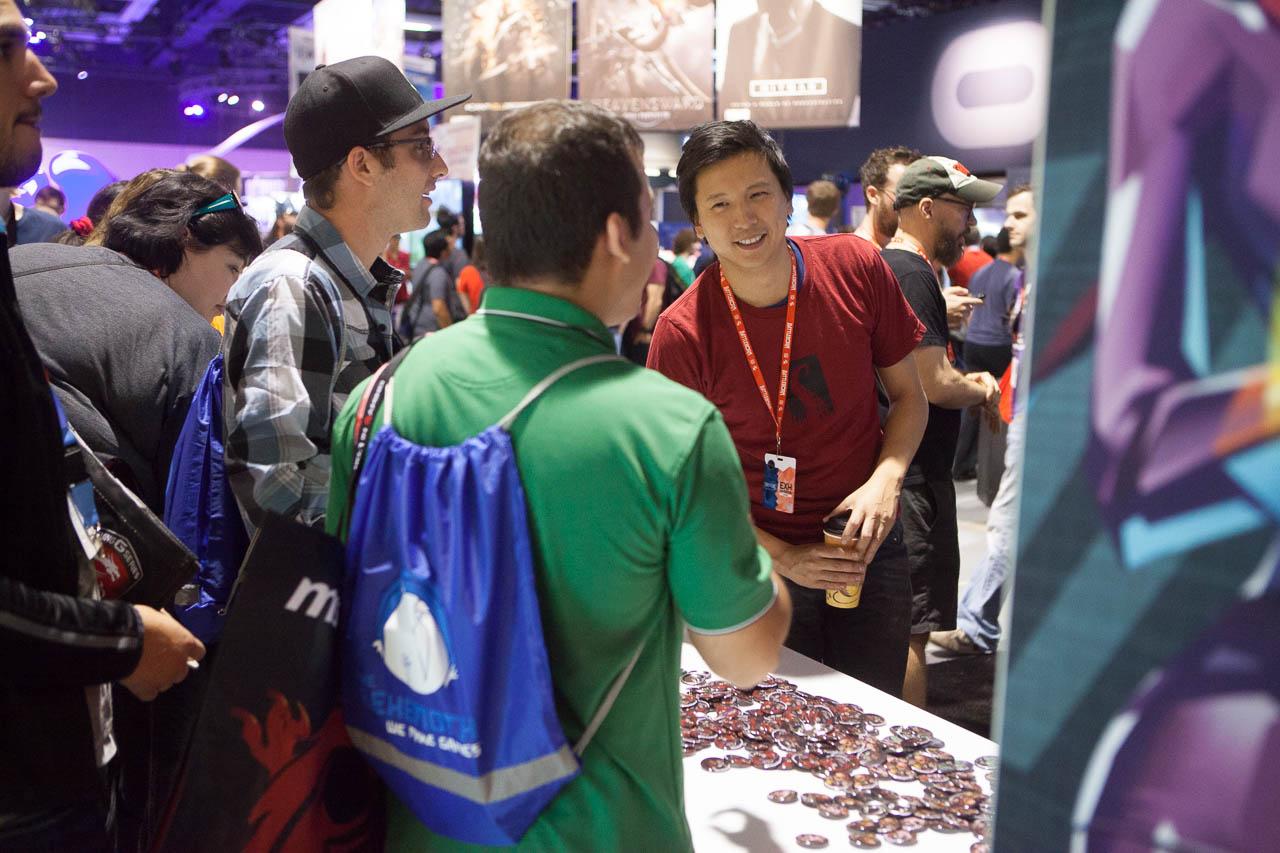
Register for Parties Early
The parties may be plentiful, but they sell out FAST. Watch for notifications from the PAX Parties Facebook Group and make sure you lock down your spots!
Hurry Up and Wait
PAX is notorious for its lineups. If there's something you're excited for, get there early. Each day begins at 10:00AM, so memorize the exhibitor maps, be there when the doors open, and beeline for your number one picks. Not only will you be the first to demo, but you're more likely to get swag. Hurried in and still got stuck in line? Strike up a conversation with those around you; if they ran in with you, they're probably just as passionate and could make for some good friends.
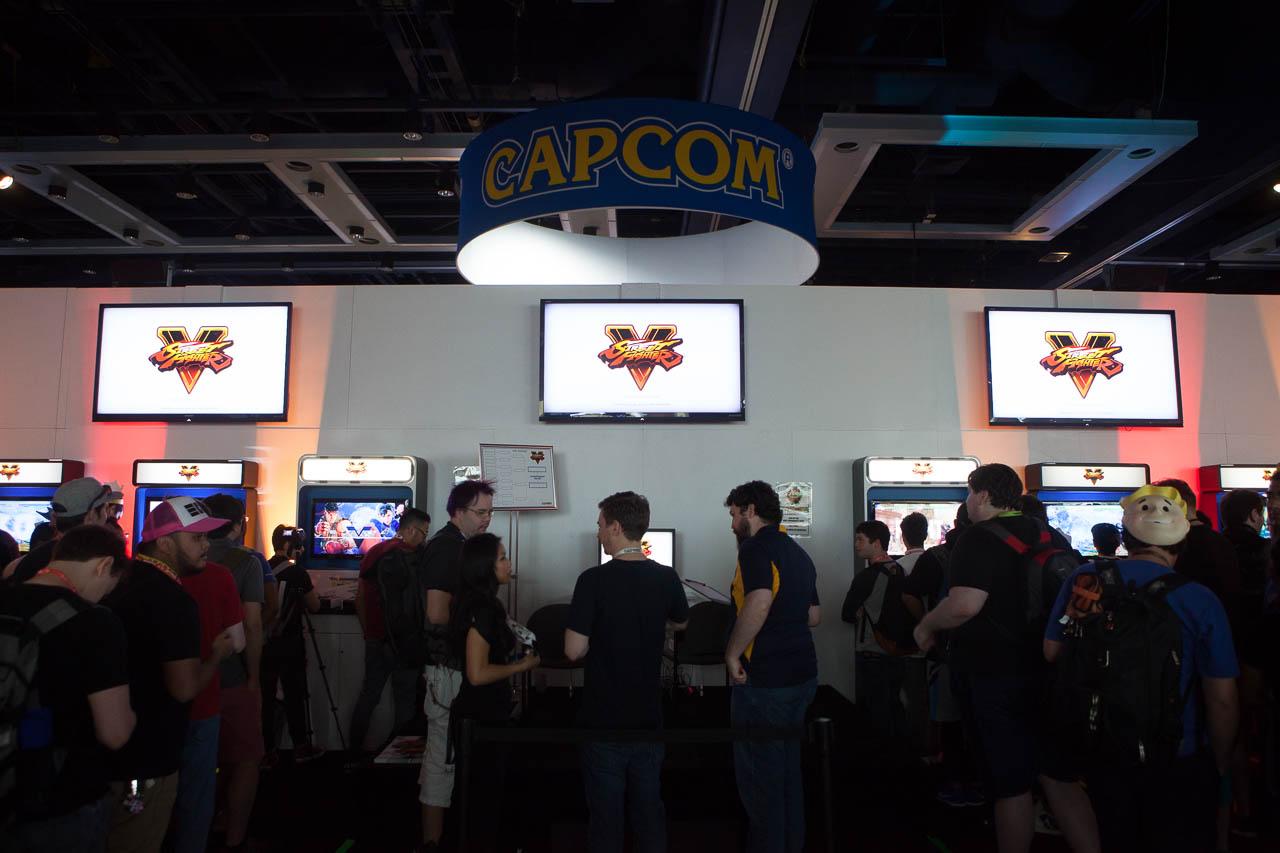
Bring a Bag for Carrying Food, Water, Clothes, Spare Batteries, and Swag
When moving around, I try to carry as little as possible, but a bag prepared with food, water, spare clothes, spare batteries, and enough room to keep expo swag is a must.
Restaurants and stores in downtown Seattle slow to a crawl with the influx of attendees. Again, minimize line times by coming prepared! Just one bottle of water will do as most venues will have water stations. If you can swing it, a poster roll (I wish I didn't have to fold my Street Fighter V poster) or a rigid folder is huge if you're planning on taking home soft paper products.
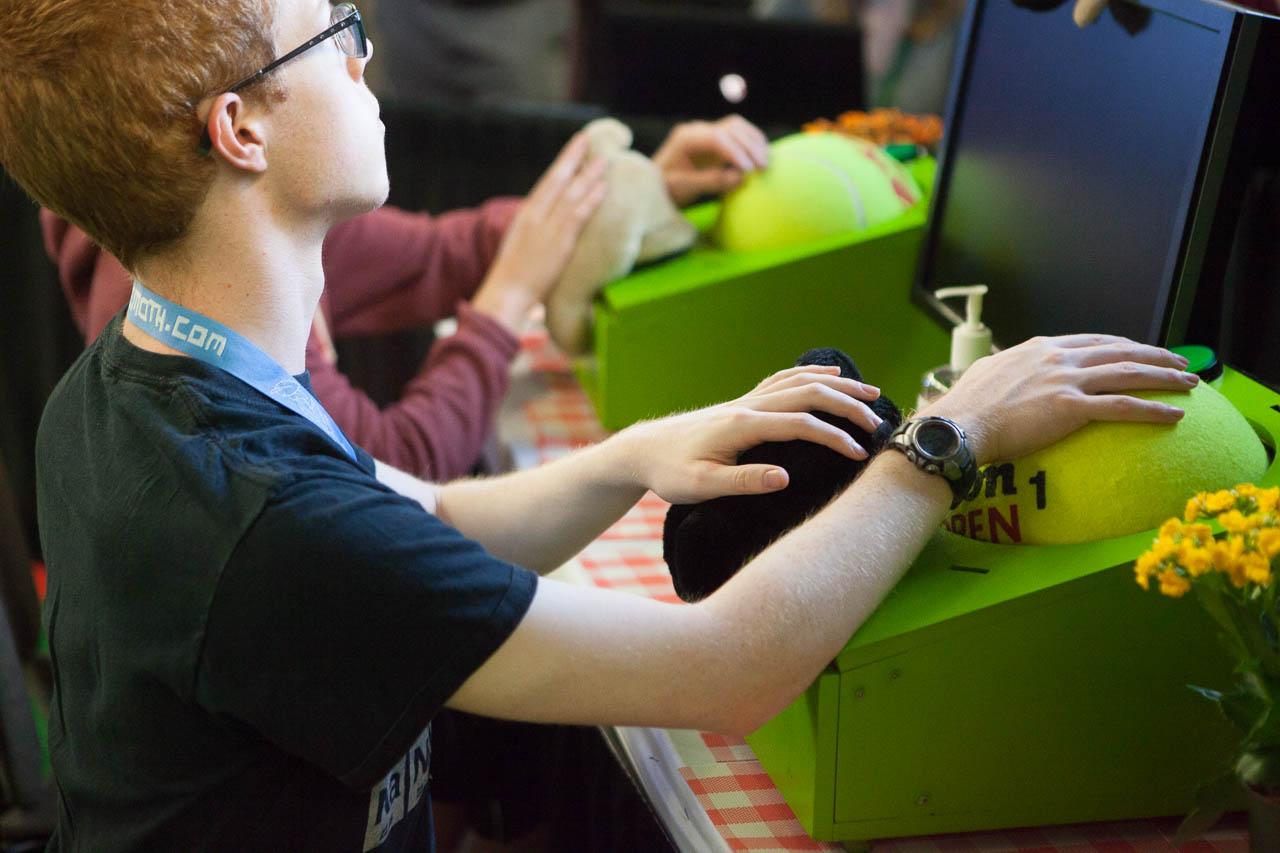
Bring Hand Sanitizer
The PAX plague is real and boy does it hit hard. You're going to be handling devices touched by thousands of others. Keep your hands clean between sessions!
Book Hotels Early Near the Seattle Convention Centre
With doors opening at 10:00AM and parties lasting late into the night, you might be in it for the long haul. Staying close by means you can be the first in line and the last to leave. Also, stepping away for midday naps can be huge for keeping the train running.
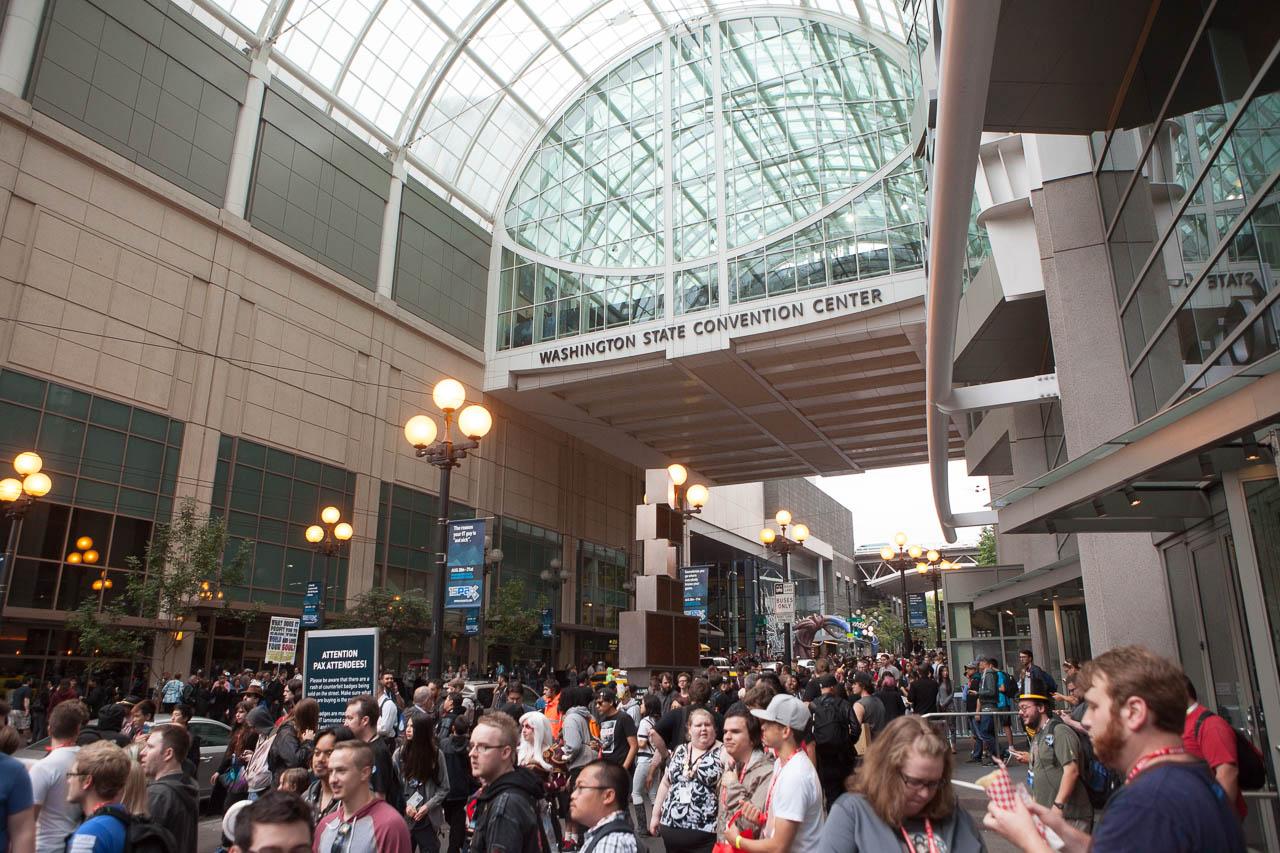
Make Time for Travel
PAX is sprawling. Not only is the expo space huge, but the convention extends to satellite venues that reach as far as 15-20 minutes away by foot. If you're catching an event that's outside of the main halls, make sure you budget enough time to get there and a little extra for any spectacles that may pop up.
Avoid the Rush Hour Gridlock
If you're driving in, avoid the morning rush hour by showing up early. If you don't have a choice, skip the major traffic arteries and park further away; you'll be much faster on foot. The alternative is to show up after the rush, but you'll find few places to park and miss out on the morning's activities.
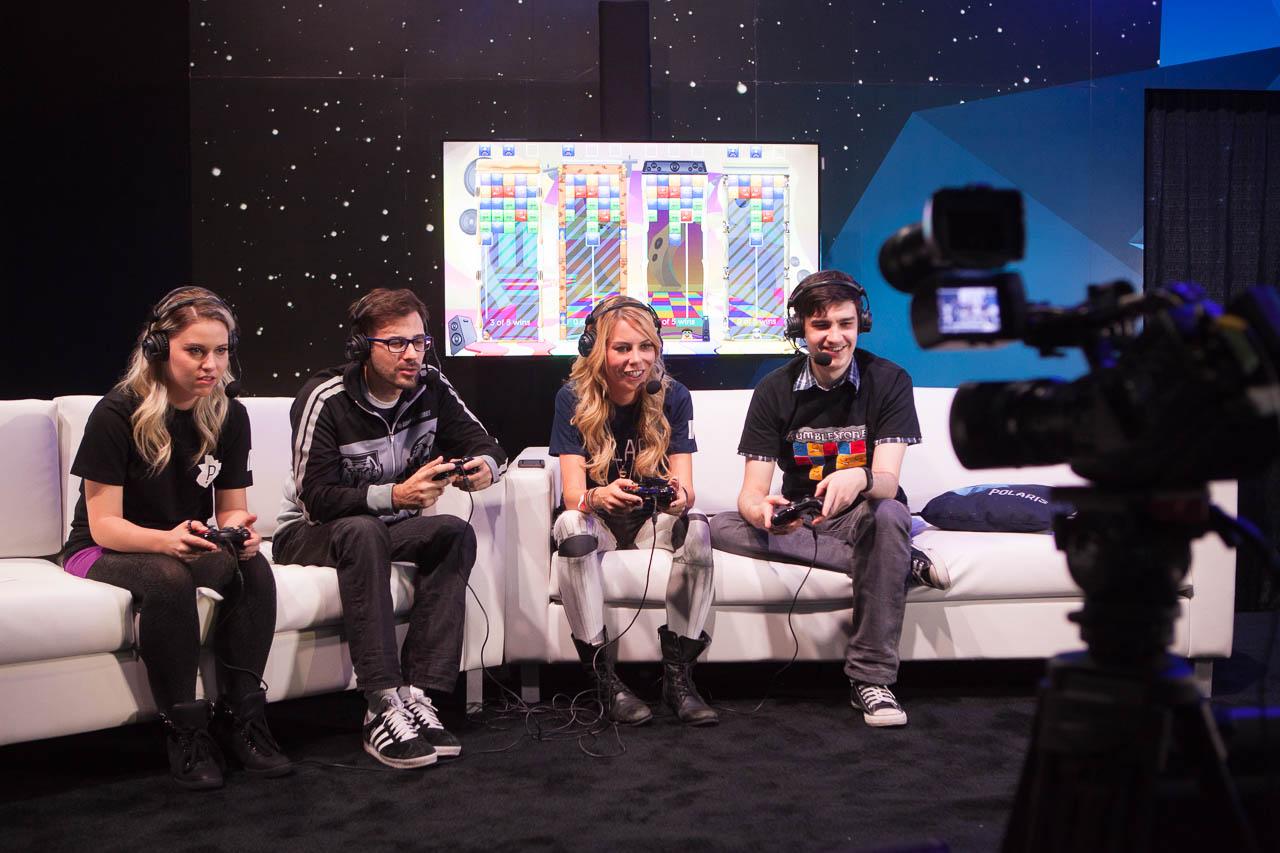
Save Cash Using BestParking
Parking in downtown Seattle is expensive, especially during the weekdays (Friday and Monday). Use BestParking to find the best rates around the convention area. Note that many lots have early bird specials, and that some of the office buildings will have heavily discounted weekend rates for Saturday and Sunday attendees.
Wear the Right Shoes
When you can’t walk anymore, your day is over. (Once, I had to turn around in my hotel lobby because I was limping.) Keep your day going with a comfortable pair of shoes and/or insoles. If you don't own a pair, it's an investment that will pay dividends far beyond PAX.
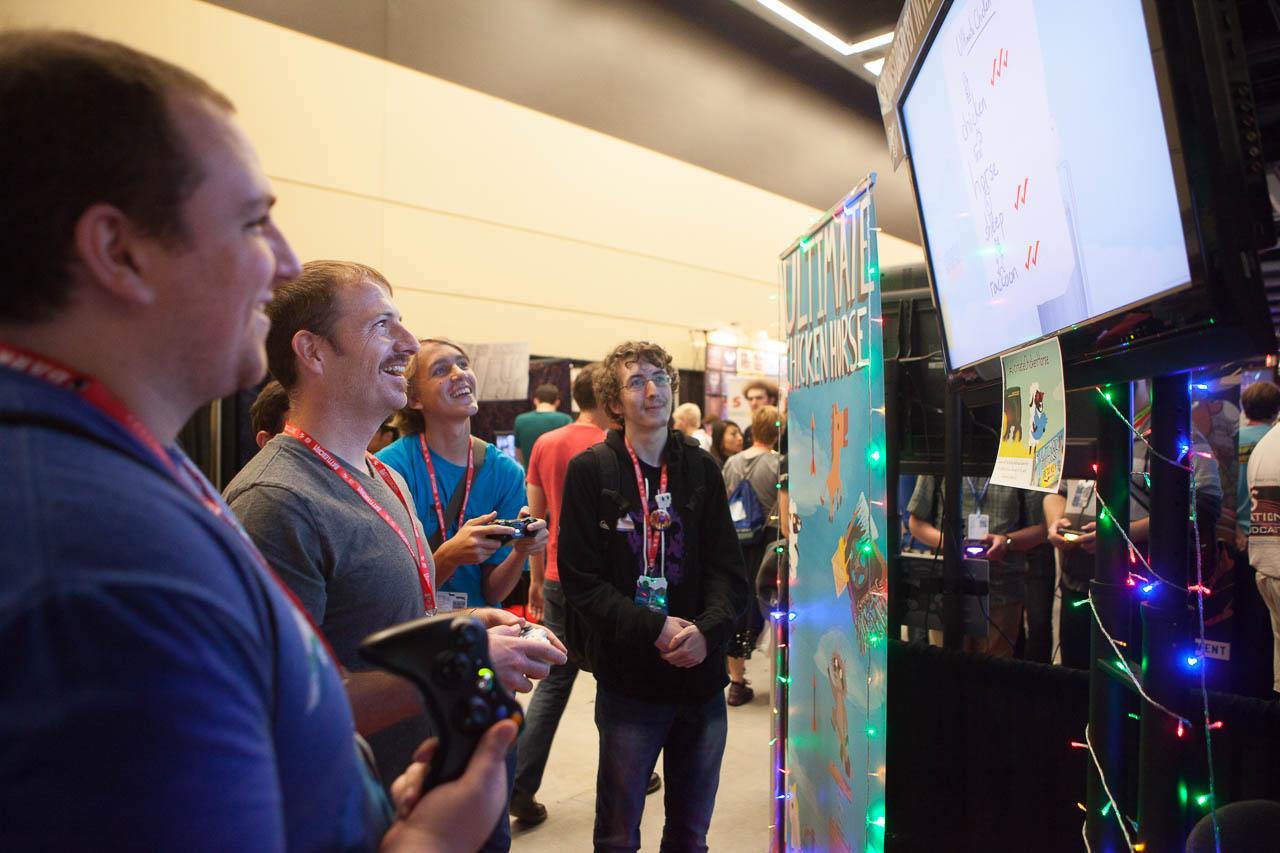
Get Mobile Data
PAX is a whirlwind. Having data is a huge boon for staying in touch, keeping abreast of convention news, and finding your way around town. (Also, Pokemon Go.)
If you're American, you're likely all set, but for the rest of us, roaming is crazy expensive. Thankfully, Roam Mobility (disclosure: Roam sponsored my US data in 2014-2015; affiliate link) offers up to 15GB of LTE data for $4.95 CAD per day. While you can buy them from stores in Canada, they also ship SIM cards internationally, so be sure to order one early so it arrives in time.
Visit the Indie, Board Game, Classic Console, and Other Specialty Rooms
The main floor is very exciting, but there are plenty of gems in its periphery. If you're ready to slow down, set up camp in one of the board game rooms, or if you're feeling competitive, find the home consoles for some impromptu tournaments. Prefer new games, but would rather skip the lines? Visit the Indie Megabooth and the separate indies section for a veritable smorgasbord of great games and merchandise.
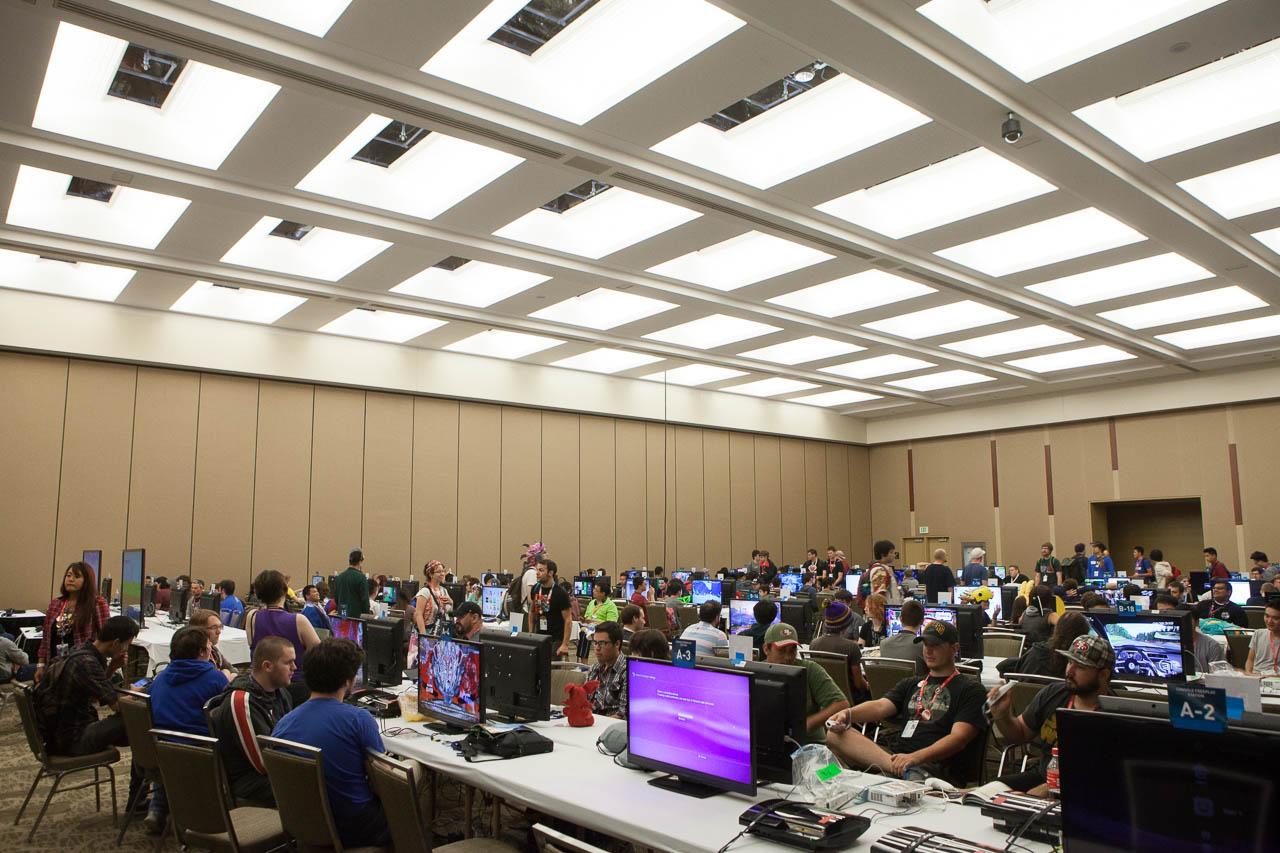
In Closing
I hope that helps! Sadly, I'm not able to attend this year, but if you'd like to connect, please do say hi on Facebook, Twitter, Soundcloud, or YouTube. I hope you all have a blast, and if you have any more tips for the community, please leave them in the comments!
A First-Timer's Guide to the Game Developer's Conference (GDC) in San Francisco
Hello, readers! My name is Jeremy Lim. I’m from Vancouver, Canada and I write music for video games and films.
Every year, thousands of people gather at the Moscone Convention Center in San Francisco for the Game Developers Conference, or as it’s more affectionately known, GDC. A celebration of video games and a gathering of some of our industry’s brightest minds, GDC is a week of reflection, learning, parties, and friendships both new and old.
This year, thanks to the generosity of Power Up Audio (disclaimer: I do photography and music work for them), I attended for my first time, and it was amazing. It’s a week later, and I’m still buzzing about all of the brilliant minds I met. I’ve never been around so many people who love the gaming industry as much as I do. I found my home.
Leading up to the conference, I found many people had questions about navigating GDC, and I’d like to help future attendees get the same experience I did – and hopefully better! Here’s a list of what I did – and what you can do too – to get the most out of the Game Developer’s Conference.
Before GDC
Schedule with the Official GDC App
On the note of having options, download the GDC app [Web / iOS / Android] and bookmark all of the sessions that interest you – even if they overlap. Sometimes, you can’t make it to the other hall in time. Other times, perhaps you’re tired of hearing about monetization and need a design break.

Wear the Right Clothes
GDC is largely a casual affair in the bootcamps, talks, and expo floor. Most folks wandered around in t-shirts and jeans. That said, if you’re going into meetings, upgrade to business casual; grab a blazer, a collared shirt, dressy jeans or slacks, and a classier pair of shoes. Suits were rare and virtually unseen.
Wear the Right Shoes
When you can’t walk anymore, your day is over. I missed events because my feet seized up, and limping around San Francisco is no way to get around. Get a comfortable pair of shoes or insoles to keep you moving.
From Matthew Marteinsson (Sound Designer at Klei Entertainment): "2 pairs of shoes. day time and night time. Shoes need to rest to get their cushion back."
Get a US Number and Data Plan to Stay in Touch
If you’re making friends at GDC, you’re going to want to spend time and get in touch. Phone calls are always faster, but even if you prefer messaging, know that the WiFi at Moscone will be slammed with the thousands in attendance.
After hours, you’ll be moving between venues a lot; GPS will streamline your experience greatly. If you’re not a walker, Uber and Lyft both require confirmation by text message to get started.
For Canadians, we have Roam Mobility. (HUGE disclaimer: they sponsored my trip with store credit and I’m an affiliate of theirs. Here’s a non-affiliate link to Roam, if you’d prefer.) Had I not been sponsored, my 9 days of unlimited voice calls, texting, data, and a US number would have been $37.33 – much better than what my provider would have cost me.
For visitors from other countries, I heard a handful of people were visiting T-Mobile for a temporary number. Here’s one just a few minutes away from Moscone.

Book a Hotel Near Moscone Convention Center
Time is short, the days are long, and the majority of the outside events happen around the convention centre. If you’re not nearby, you may have to start and end your days earlier, meaning less sleep and less people met.
Research Accordingly
When attending industry events, know what’s happening in the scene. For example, if you’re going to an awards party, it’s helpful to know the nominees and to try their work. That same thinking can be extrapolated everywhere.
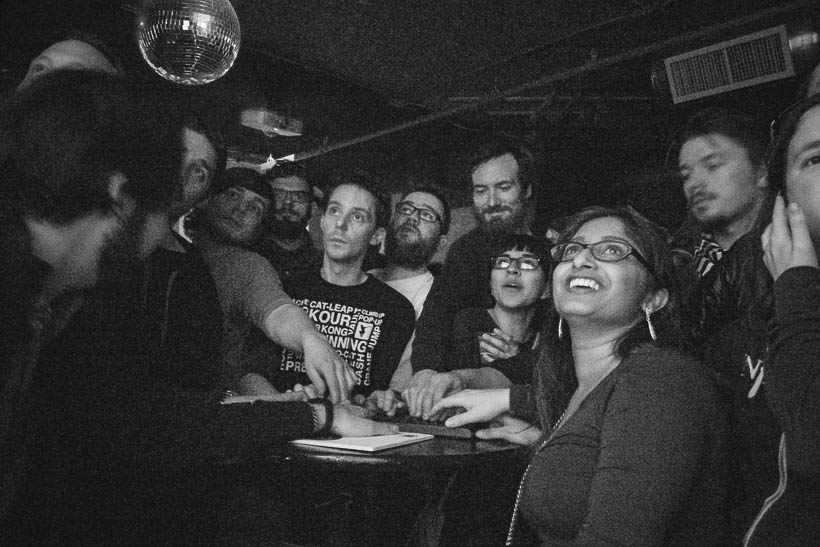
Join Facebook Groups to Meet Others and Plan Your Trip Before the Conference
For many people, the GDC conversation starts long before the actual event.
For outside events, The Fellowship of GDC Parties is the definitive place to go.
For audio, the Game Audio Denizens group was constantly abuzz.
Finally, if you’re from Vancouver, join us at Vancouver Goes to GDC!
Register for Parties Early
The parties may be plentiful, but they do sell out. Be sure to get in early if you’re set on a particular event!
Bring Quality Earplugs
After hours, things can get very loud. Save your hearing and your voice by wearing high-fidelity earplugs to keep the volumes down without muffling speech.
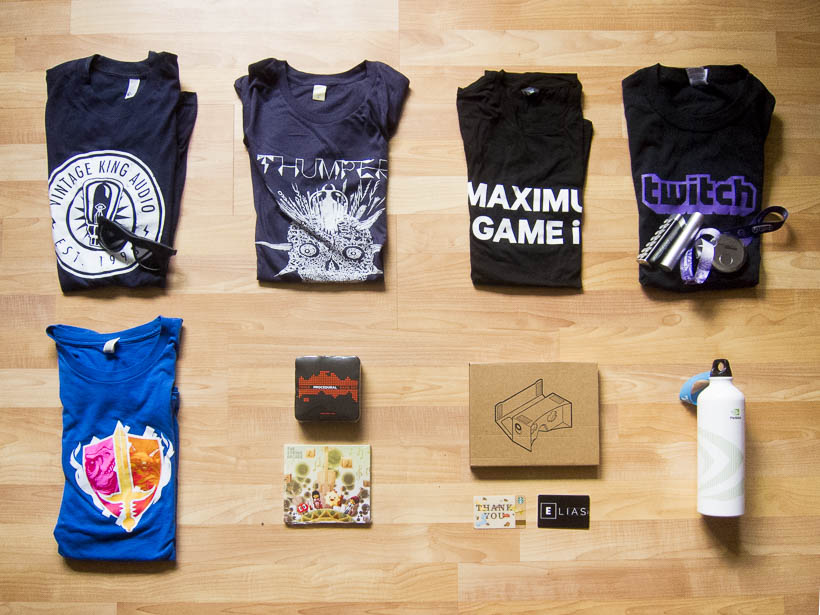
Leave Extra Room in your Suitcase for Swag
Unless you avoid the expo, you’re going to get swag. Make sure you can bring it all home!
During GDC
Kindness is King
We all know the honey/vinegar adage, and it remains true. For the week, you are part of a large, but tightly-knit group of people who all love the same; in some ways, you are family. Kindness breeds kindness (and hopefully new friendships).
For example, the prolific Dren Mcdonald took the time to meet me before the conference and show me the ropes. I remember that generosity, and now here he is on this list. (He also has a video game cover album that’s raising funds to help kids learn music; you guys should hear it.)
Quality Over Quantity
I have to be honest – I’m in the middle of following up with people and I’m having a hard time remembering some of my interactions.
A card without a story is just a piece of paper. Indiscriminate card tossing serves no one. Slow down, make friends, and create memories so you can continue those conversations after the conference.
Plan and Then Let It All Go
I’m a planner. I like certainty, contingency plans, and maximizing ROI. That said, reality seldom plays along and we need to adapt.
Planning is good. It gives you options – but they are only options. Throughout the week, there will be many opportunities to learn, party, and meet people – the vast majority of them good. Go with what is most exciting to you. We are at our best when we can be in the moment. There is no missing out.
Be Aware of Your Body Language
It’s amazing how far a smile will take you. If you’re looking for new conversations, take up a friendly stance; for example, unfold your arms, turn towards people, and use open-palm gestures. If you see someone trying to join your group, shuffle over and make room for them.
Always Have Business Cards on Hand
Sometimes, interactions are fleeting. Don’t miss out by not having a card ready.
Make Connections for Others
Not everyone you meet is going to be a good fit for you – but they may be great for someone else. Listen carefully to the needs of your peers and make connections happen when you can.
Don’t Be Afraid To Move On
Sometimes, there’s a fit for someone else. Other times, there isn’t a fit at all. It’s okay to leave a conversation without a connection. Not everything is meant to work.
Don’t Monopolize Conversations
There are a lot of talented, high-profile people roaming the conference. Again, time is short. Give others a turn!
On a broader scale, we don’t learn by talking, but by listening. It’s often better to ask questions than to talk about ourselves.
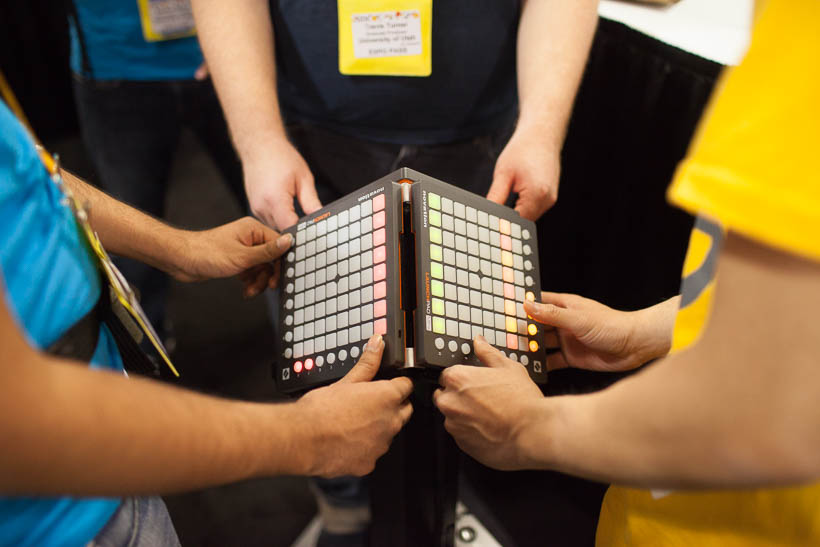
Play With Others
There will be many titles - both from independents and large studios - on display. We're go to GDC because of games. What better way to meet people than through play?
Treat the Volunteers Well
It may not be obvious, but the majority of the volunteers are folks in the game industry. They work incredibly hard to make sure you have a great time, so the kindness thing goes double for them.
Thanks to Jacob Burgess (voice actor), Auston Montville (developer for Sportsball and the upcoming Starr Mazer), Sarah Roland (artist), and all of the other volunteers who made things happen!
Embrace the Lines
There’s no better place to meet someone with the same interest as you than in a line for a talk. Turn around, smile at the person behind you, and say hi! The same goes for the quiet moments before and after a talk.

Never Eat Alone
Food takes time and what better way to spend that time than with new company? Meals make memories, not to mention that dining as a group gives you a chance to eat a wider range of foods.
Stay in Touch with the Official GDC App
The GDC app also features its own social network akin to Twitter. If you don’t have plans or need a question answered, make a post on there! The stream is the first thing everyone sees when they log in.
Get Uber and Lyft for Free Rides
Uber and Lyft are cheaper, faster, and more convenient than taxis – not to mention great ways of meeting people with their carpool options.
The other big advantage is their referral system. As of this time, whenever you refer a friend and they take their first ride, both you and your friend get up to $20 in credit towards a single ride.
If you can, grab a referral code from a friend or someone else you know going down to GDC, or if you can’t find anyone, here are mine for Uber and Lyft to get you started.
Travel Incognito and in Groups when in Tenderloin
Moscone is close to an area called Tenderloin and it has a reputation for being rough. When passing through, go with a group, hide your badge, and hide your phone.
If You Have an All-Access Pass, Branch Out
If you want to meet people from other areas of game development, branch out to talks beyond your own discipline. With an all-access pass, you have access to the GDC Vault – a collection of video recordings of all past GDC sessions – so you don’t have to worry about giving up lessons for connections.
Spend Time With Your Own Country
It takes dedicated to go to the Game Developer’s Conference. Regional meetups are a brilliant way of meeting your most committed neighbours in the industry, not to mention others who want to work with your country’s talent.
Canada and its provinces were great at supporting their talent, hosting a number of parties, pavilions, and resources for us. Of note is the Canadian business lounge hosted on the 5th floor of the Intercontinental Hotel just a block away from Moscone West.
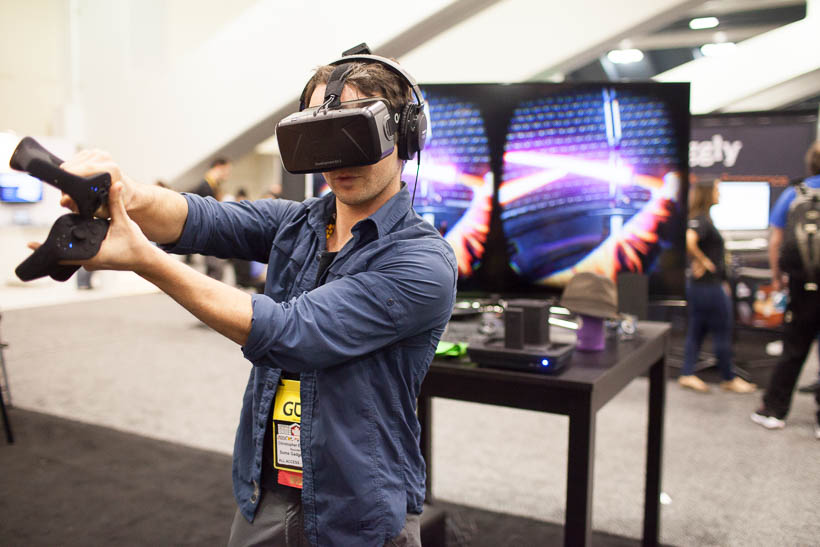
See Your Favourite Expo Booths on Wednesday or Thursday
The GDC expo runs from Wednesday to Friday, but the hours are short on the last day and it’s the only day for those with student passes to attend. If you’re keen on seeing a particular booth, be sure to get to it early on Wednesday or Thursday to avoid the rush.
After GDC

Take Notes and Group Your Contacts
If you add all of your business cards to the same pile, you’re going to have a hard time knowing where everyone came from. Personally, I like writing notes on the back of each card and storing them in paper folders by date and location.
Follow Up and Stay In Touch
All of the hand-shaking will be for naught if you don’t keep the conversation going. Write emails, or even better, add your new friends on LinkedIn, Twitter, and Facebook; all of these networks have list functionality so you can easily what's new with your friends.
Let’s Meet!
This post was much longer than I had planned, but I hope it helps! Even at this length, I can't speak to all experiences, so should you have any favourite tips of your own, let's keep the list growing in the comments!
If you'd like to meet online, next year at GDC, or even here in Vancouver, give me a shout on Facebook, Twitter, LinkedIn, Soundcloud, or by email. I'd love to hear more about what you do and what you're working on!
How My Music Was Plagiarized for Profit and How I Fought Back
Late August 2013, my music was been stolen, rebranded, and sold across every major music store and streaming service online. Over 150 instances were found on sites like iTunes and Spotify, and countless more appeared on illegal networks. I felt trapped, suffocated by the enormity of things. Still, with a lot of effort, I managed to take back most of what was mine, and thanks to the kindness of others, even come out ahead.
If you're a creator, I pray you never find yourself here, but if you do, here’s my story and how you can fight back.
The Music Stolen
I’ve spent a lot of time deliberating over music. I lost a decade to tinkering because I lacked confidence.
Over the years, I’ve started hundreds of projects and canned just as many. There’s always been a disconnect between what I imagined and what I made. Nothing made the cut.
Come 2012, I had enough. I was determined to make my start in music, but I knew I had a skill deficit to overcome.
To close the gap, I began fiftytwocreatives, a project where I would start and finish a unique creative concept every week - often musical in nature - and release it publicly each Sunday.
The project proved fruitful. After much studying and grinding, I learned the skills I needed to actualize my ideas. Once slow and uncertain, I became fluid and sure. One concept in particular, “Into Ether”, was very dear to me. A floaty, piano-driven piece with a dubstep-inspired crescendo, spurred on an collection of songs which ultimately became my inaugural release, “Into Ether EP”.
It was simple, and it was flawed, but it was something I could be proud of.
And then it was taken from me.
The Notice
On August 24th, after spending two months in Asia, I was greeted with several copyright notices from YouTube.
"Curious," I whispered to myself.
I checked the warnings. Marked by Kontor New Media, I was told my uploads infringed on tracks by someone named "Joseph Ti".
“Probably a false flag,” I thought.
A nervous search for Joseph Ti brought me to Beatport. Familiar-sounding titles filled the charts.
I gritted my teeth, “Into The Deep? No ...”
With a deep breath, I reached for the play button. Those familiar chords played out. It was Into Ether.
My eyes widened. My stomach churned. The world span beneath me.
This wasn’t someone borrowing a melody or a progression. This was my music verbatim, stripped from somewhere, renamed, and sold.
“Uncharted” became “Tomorrow”.
“Aeolus” became “Voice of the Wind”.
“Into Ether” became “Into the Deep”.
“Halcyon” became “Impassive”.
"Aeolus" already means wind. “Into the Deep” - really? And Joseph Ti? They didn’t even try to cover this.
I was livid. Seething. Even now, I feel my lunch moving up my throat.
I went on a hunt for Joseph Ti, but to no avail. He had my music everywhere, but he was only a name. He wasn't real, a ghost alias used to rip me off.
I had to fight back, but I had no target. I searched for him, starting from the bottom: the stores.
Fighting Back: The Approach and Preparation
Before I dive in, know that kindness is king. While you need be firm with what you want, understand that the stores, labels, distributors, and any others in between are not at fault. It’s in their best interest to avoid litigation and they will likely help where they can.
Documentation will save you time and heartache. Should this ever befall you, you have to prove your claim. If you’re not keeping records and securing your work in permanent, public, time-stamped mediums, please start now.
My proof lay with YouTube. Thankfully, I used each song in a series of pre-release videos. Each upload had an unmoveable date of publication preceding all plagiarized instances by several months. Whether or not these would hold in court, I cannot say, but they helped establish that I was the rightful owner with the intermediaries.
Come infringement, scour Google and log every instance of plagiarism you find. Search for the artist and song title in quotation marks (e.g. “Joseph Ti” “Into The Deep”) for exact results. Collect as much information as you can about the infringement (including, but not exclusive to) song titles, artist names, album titles, and associated labels; companies will also require the URLs of the infringing content for takedowns to happen.
Before you contact anyone, take screenshots of all offending content as these listings will change once takedowns are processed. Screen Capture for Google Chrome and FireShot for Firefox are both simple, free tools that will get the job done.
Fighting Back: YouTube
YouTube was my biggest worry as its support processes are automated. Disputes are siloed down specific paths, whether or not they fit that course. I feared my case would get stuck in limbo without resolution.
I filed my counter notification (which is delivered to the claiming party), but to be doubly sure, I approached Kontor New Media myself.
Three emails were answered with silence. Moving to a public forum, a Facebook post was met quickly with assurances that all would be solved, but it wasn’t until my fourth letter that my notice was acknowledged and resolved. Thankfully, one of their junior staff reached out and helped me remove the material from YouTube’s Content ID system, albeit a painful 19 days after my first notice.
If you end up in dispute with Kontor or another large distributor, be persistent and try them on them on public channels. Sometimes, when inboxes get full, social media is the better way to get attention.
Fighting Back: The Stores and Streamers
It often gets a bad rap, but the Digital Millennium Copyright Act (better known as the DMCA) is amazing. Although it's a US standard, this template was accepted internationally. For most sites, the offending material was removed within days of sending the notice. For others, I'm still waiting, but having the tool sped things along greatly.
Once you’ve filled in the template, you’ll need to find the right department. For American sites, there’s a comprehensive list of copyright departments. iTunes has its own proprietary form. For international sites, you’ll often find them at legal@[domain].com or copyright@[domain].com. If not there, general channels can often pass you along to the right person.
When sending takedown requests, ask who distributed the music and about any royalties accrued. Stores and streaming services seldom deal directly with artists, but instead use intermediaries called distributors to streamline the process. Stores and streamers can help you determine financial damages, but it’ll be the distributors who can help you find your thief.
* You guys should know that iTunes and Deezer are awesome. I can’t name specifics about iTunes, but Deezer’s Justin Erdman made a point to make sure everything was taken care of while he was on vacation. So grateful for them!
Fighting Back: The Distributors
As with the stores, each distributor was sent a DMCA notice, tailored to the releases they handled. Each was kind and quick to act, sending another wave of takedowns from their side. The number of plagiarized instances finally began to dwindle.
While each distributor was helpful, Proton SoundSystem, or more specifically, its CEO, Jason Wohlstadter, went above and beyond. Jason took the time to walk me through the situation, introduce me to the offending parties, and set up an account to assign me any misaligned royalties. Even now, he continues to help me with takedowns.
Your mileage may vary, but if you can find a Jason to back you up, your work will be much easier. Be sure to ask questions at this junction; the distributors are likely what separates you from the offending parties and will know them and the situation best. Should you pursue litigation, you should find out as much as you can.
Fighting Back: The Pirates
With stores and distributors closing the gap on both ends, I was eager to end this debacle, but then came the pirate sites.
Unlike the legitimate services, few (if any) piracy sites acknowledge takedown notices. Even if they had, there were too many to deal with. Thankfully, there are automated processes.
Topple Track - a system that does the heavy lifting for crushing pirated material - managed all of the underground links distributing the infringements. At the time of writing, they have removed 131 pirated copies. Instances of Joseph Ti still appear in search, but the numbers have decreased appreciably.
Thankfully, all wasn’t dark on the file sharing front; I managed to find a handful of new fans on YouTube.
During my search, I found a small group who uploaded videos under Joseph Ti. I gently explained my situation to them and everyone responded with love. Most removed their videos, but a few opted to rename their clips instead, pointing to my channels and sending folks my way. Very cool of them.
The Aftermath
The hard truth is that Joseph Ti is still out there - and likely will be forever. Spotify (removed!), Shazam (in process), 7 Digital (removed!), and Musicload (removed!) still list plagiarized content. Last.fm continues to track scrobbles. Pirates perpetuate the spread of mislabeled material.
Folks have suggested that I could have registered my copyright to avoid this situation. In Canada, copyright is automatic as soon as someone hits save. Sadly, that registration didn't offer anything for prevention, but it could have helped in litigation, should I have chosen to pursue it.
While it’s frustrating that so much is left, my fight is over. Most instances on legitimate sites have been shuttered. My music, now properly named, has taken Joseph Ti's place in stores, streamers, and YouTube’s systems.
While it's not the happiest ending, at least there's a semblance of closure. Thank you again to all of the brilliant, kind-hearted people who helped me through this. I'm so lucky to have you guys!
The Post-Reddit Update (2013/11/22)
I've never seen my server seize up the way it did last night. You guys hit it hard! Thank you all for your kindness and support! I spent many hours optimizing things, so we should have smooth(er) sailing from here.
There've been a lot of great comments coming out of social channels, and there are a few recurring themes I want to tackle:
That's horrible and this is why I don't post my work! Someone will steal it!
It's scary, but even after being on the receiving end, I can still say with full confidence that you should still share your work. I'm a photographer, too; misappropriation happens a lot.
The truth is that we're going to get hurt, if not by theft, than by rejection or any number of other things. You know what though? We have missions to fulfill. They can rob us of our work, but if we never put things out there, then they've robbed us of our purpose, and that's so much worse. We need to move forward.
It's just one blip. I moved beyond it and so can you!
I bet you're not the only one this has happened to.
No, I'm not. Some folks have reached out sharing similar stories; most never got closure. Then there are all of the compilations Joseph Ti appeared on:
- Astrolabe Chill 02
- Bora Bora Chill
- Bora Bora Beach Chill
- Chillout Session 04
- Chillout Session 05
- Chillout Shock 11
- Everest Relax 02
- Moonlight Chill
- Moonlight Chill 03
- Moonlight Chill 04
- Moonlight Chill Vol 02
- Slow Time 05
- The Best of Chillstep 2013
- Top 20 Chillstep
- Top 30 Fresh Chillout
- TOP25 Chill Emotion
- Tracks For Your Listening Pleasure 015
- Tracks For Your Listening Pleasure 016
... published by these labels:
- Astrolabe Recordings
- Aventuel
- Cartoon Fresh
- Easy Summer
- Litova Records
- Magnetic United
- Slowmore
- Somnambulist Records
- Sunboom
"Tracks For Your Listening Pleasure 015" - really? That just screams cash grab. I can't say if it's all fraudulent material, but I can verify I'm not the only one in there under someone else's name.
How much money did Joseph Ti make off your music?
I'm afraid I only have a partial picture of that. Some storefronts provided royalty statements, but not all. Same for the distributors. It wasn't $5 as some might have guessed, but it's also not a figure I'm losing sleep over. The real loss here comes from brand damage. Even if I never recover a single penny, I'm okay - but I'm going to shut down as much of this as I can!
You should have registered your copyright before posting it online!
In Canada, creative works are automatically registered for copyright as soon as one affixes their creation to a physical or digital medium. Registering helps in proving ownership, but it doesn't protect me from brazen cash grabs like this. It's more reactionary than defensive. That said, if I was to litigate, that registration would help!
What I should have done from the start - and did as soon as I could - was distribute my material to the larger stores (although the album was always on Bandcamp), streaming services, and Content ID. I think visibility and reach would have been the best defense.
Did you ever find Joseph Ti? What are you going to do with him?
I did! - or at least, the person collecting the royalties. I was told revenues for "Joseph Ti" were assigned to this individual instead of a label manager, which is a very unusual practice. Still, I don't know for certain, and I'm reluctant to name parties without unshakable evidence. I don't want to ruin someone just because I'm 99.5% sure he screwed me over.
As far as lawsuits go, I won't be pursuing litigation. This comment summarizes my thoughts well.
You should keep your project files as proof of ownership.
Very true! I actually made a point to the stores, streamers, and distributors that I was the sole holder of the project files in each takedown request. These files were also in email backups long before the material went live. I didn't have to use them, but had this case gone further, they could have helped proving ownership.
We want to hear your music on our favourite sites! Maybe even for free?
And I'd gladly oblige! Here's a list of major sites you can find my work on, most of which offer full, unlimited streams:
The Post-Media Update (2014/01/17)
The ball keeps rolling! Since this post went up, I've had a chance to talk on television via Steele on Your Side with Lynda Steele on CTV News British Columbia and on radio via The Shift with Mike Mike Eckford on CKNW. A giant thank you to Marc Smith for making the connections!
For the readers who prefer French, The Pink Beaver from France was kind enough to translate an interview as well.
It Happened Again (2016/02/11)
I can't believe I'm saying this, but it happened again. Same songs stolen. Same aliases used. Same party sending it out to distributors. Thankfully iTunes and Spotify are on their game and resolution's come swiftly, but the gall of this person. I need to find a way to send a strong message, but I need to do it tactfully and kindly. It's hard.


